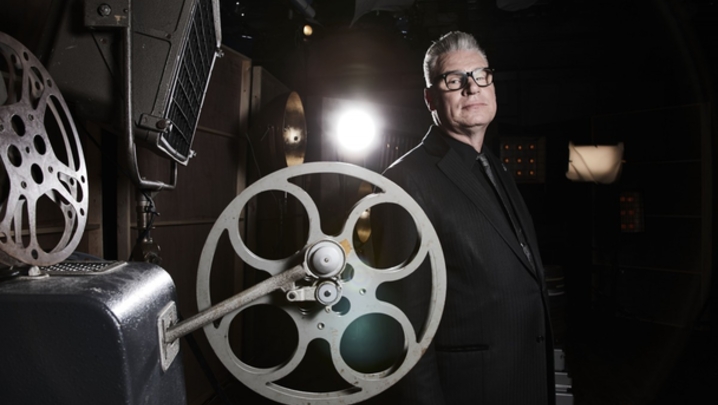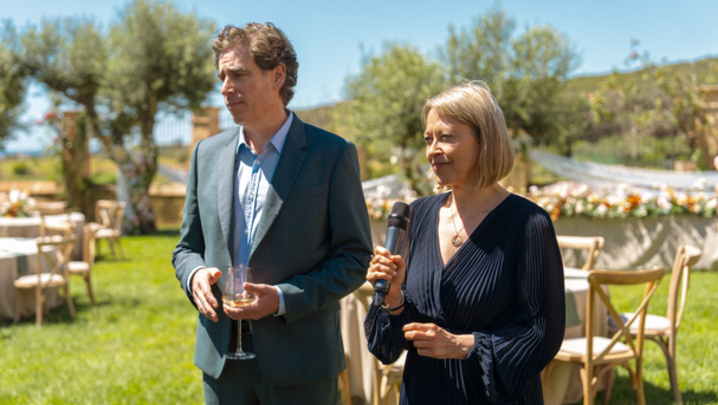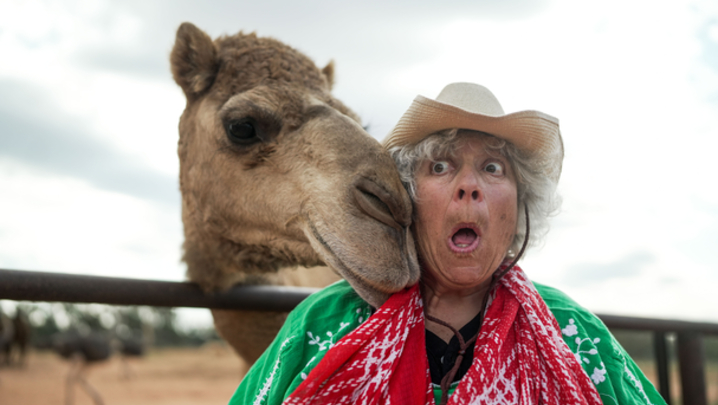Lockdown left its stamp on TV coverage of the arts.
Sky Arts went free-to-air while Channel 4 scored a zeitgeist hit with Grayson Perry’s Art Club and the BBC gave us Culture in Quarantine.
But are we living through a Golden Age of Arts on TV? That was the question posed by an enthralling RTS discussion chaired by Tim Marlow, CEO and director of the Design Museum, and featuring arts commissioners from the BBC, Channel 4 and Sky Arts, and the co-founder and CEO of Marquee TV, the performance arts streaming service.
Sky Arts, which removed its pay wall in September 2020, offers viewers a wide range of arts shows across rock, pop, classical music, dance, architecture, visual arts and more. “Our passion is to bring arts to everyone,” said Sky Arts commissioning editor, Barbara Lee. “Our programmes are very diverse and so is our audience. We’re the only dedicated arts channel so we have a huge audience to serve.
“We know people don’t come to sit on the channel all night. They come to find the things that they like. We do from Glyndebourne to grime- and everything in between…There’s something for everyone.”
Tent-pole shows like Portrait Artist of the Year attract big audiences. The aim was to foster more participation in the arts and promote inclusivity and so represent a diversity of voices from across the UK, said Lee.
Audiences respond to niche programmes, not least the BAFTA-award winning Life & Rhymes, a socially distanced celebration of the spoken word hosted by Benjamin Zephaniah. “Shows like this aren’t going to hit a million but that’s not going to bother us. We’re not commercially driven.”
Simon Walker, who runs Marquee TV, said he thought there was a market for a dedicated global brand focused on the performing arts and culture on demand. While the platform is still a start-up and his budget a fraction of the broadcasters in the room Marquee was growing fast.
“We have subscribers in 120 countries, so we’ve obviously tapped into something. We are unashamedly about performing arts and work closely with arts organisations to help them do digital, and also commission works that will go on tour, and not necessarily have an audience in the real world.”
Walker thinks that, controversially, people don’t want more choice but rather “better things” and “a hand to guide them through” the arts for “people who don’t know their arias from their elbows.” He added: “We’re trying to make Marquee a brand that is your ultimate arts companion. It is digital first and content led but it could be more than that.” For instance, Marquee Premium members get discount on theatre tickets and even travel.
At Channel 4, Shaminder Nahal revealed that she had been surprised by the impact Grayson Perry’s Art Club had made when audiences were stuck at home due to the pandemic.
The show had begun as “quite a small idea.” By the time of the second series 100s and 1000s of people sent in their art to the programme. There was also a sold-out exhibition, based on the show, staged at Manchester Arts Gallery and soon to open in Bristol.
“Arts Club grew beyond a TV show…It started to ask lots of other questions about what arts TV is for and how can it help us, and where do we go from here.
“That can sound a bit pretentious, but it genuinely did help a lot of people who were struggling in lockdown. It felt like we were unwrapping lots of feelings and shared experiences that felt new.”
At the BBC Mark Bell said that arts documentaries could themselves be an art form, as he recalled being inspired to work in TV after seeing such programmes as the 1996 Arena classic, The Burger and the King, the inventive film that examined Elvis Presley’s eating habits.
He said: “TV arts programmes are more than a conduit between the arts and the audience. Television programme makers do something quite special. Television is an art form…and what it does at its best does is make a case for arts, it humanises the arts and does all sorts of different things in different ways that electrifies the arts in an almost alchemical way.”
Are we living through a Golden Age of Arts on TV? was an RTS event held in central London on November 17. The producer was Phil Barnes. A full report will be published in the December-January edition of Television.









